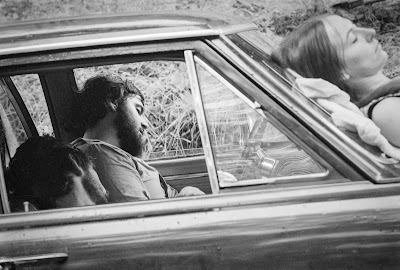
Wikipedia - "Night Dreamer is the fourth album by American jazz saxophonist Wayne Shorter. It was released in November 1964 by Blue Note Records. With a quintet that includes trumpeter Lee Morgan, pianist McCoy Tyner, bassist Reggie Workman and drummer Elvin Jones, Shorter performed six of his originals on this April 29 session. At this point of his career, Shorter felt his writing was changing. While the previous compositions had a 'lot of detail', this new approach had a simplistic quality to it. 'I used to use a lot of chord changes, for instance, but now I can separate the wheat from the chaff.' ... 'Night Dreamer' has mostly a minor feel, often perceived by Shorter as 'evening or night', hence the 'Night' in the title. It is a 3/4 'floating' piece, yet, 'although the beat does float, it also is set in a heavy groove. It's a paradox, in a way, like you'd have in a dream'. ..."
Wikipedia
Wayne Shorter: Night Dreamer (1964) Blue Note MM33 (mono update added) (Audio)
Discogs (Video)
amazon
YouTube: Night Dreamer 6 videos















































